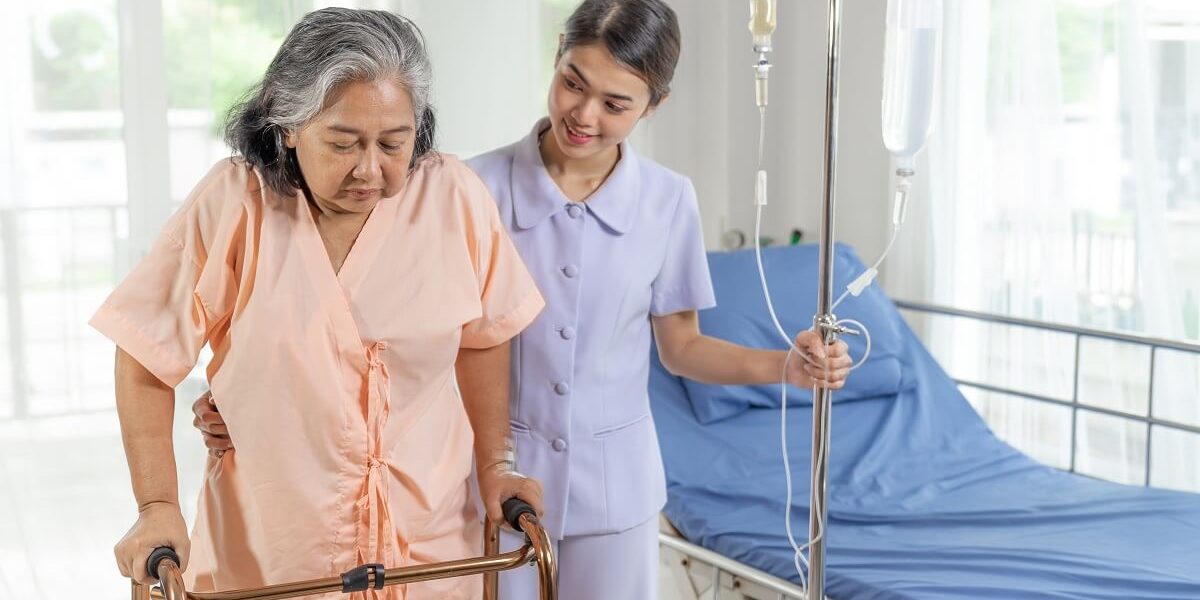In a total hip replacement surgery, the damaged hip joint is replaced with an artificial joint. The number of hip replacement surgeries performed in the US alone is expected to reach 635,000 in the coming years, show a report by the American Academy of Orthopedic Surgeons. While the surgery is safe and a wise decision for those suffering from extreme hip pain, it is important that patients understand total recover is possible if proper care is taken during the initial few days.
Recovery could differ from patient to patient, but having an idea of the joint hip replacement surgery recovery will help speed up the process. This helps you move, walk, and perform other mobility activities soon. Here’s what you can do for a faster recovery.
Coping with the Pain
It’s normal to feel discomfort the first few days following the surgery. It isn’t a cause of concern or a big issue, but the first 3-6 days can be really challenging. It might affect your mobility to a great extent. The patient might need assistance for executing the daily mobility activities, such as traveling from one room to another, going to the bathroom, going downstairs, and more.
The hip replacement surgery at Dr. Shailendra Patil’s Bone and Joint Care Centre, Thane is performed with the utmost care and precision. Which should facilitate faster and long lasting recovery. You can rest easy knowing that you will be able to start moving within a few days of your surgery. In fact, the hip surgeons like Dr. Patil recommend you start moving within 2-3 days of your surgery only with assistance.
You might experience inflammation and pain the first few days following the surgery. Your surgeon will prescribe the medication for pain and inflammation. Make sure you take the medicines on time and use ice bags for relieving pain.
When to Start Walking?
Never push yourself beyond your capability. Take one step at a time and move slowly. You should start moving 2-3 days after your surgery, as being active is an important step for recovery. However, activity doesn’t mean you should start walking and lifting weight. Do not perform any strenuous activity that might strain your hip joint.
The first day after your surgery will be about getting out of bed and taking a walk in the hallway. Moving around is highly recommended, as it not only speeds up your recovery but decreases the risk of getting blood clots. Moving regulates blood circulation, which helps you with mobility. Regular movement is also necessary to prevent your muscle hip from getting stiff due to inactivity for longer periods. For speedy recovery, you need to use a walker or other walking assistance to walk properly.
A Checklist for the Hip Replacement Surgery Recovery
Your hip replacement surgeon will refer you to a rehabilitation center or home depending on your recovery. Here’s what a speedy recovery helps you achieve:
- You are able to get in and out of the bed without assistance
- You can go to the bathroom, walk around slowly, and perform other movements with the cane
- You are fit to perform exercises
You may need a physiotherapist or a friend for assistance at home.







